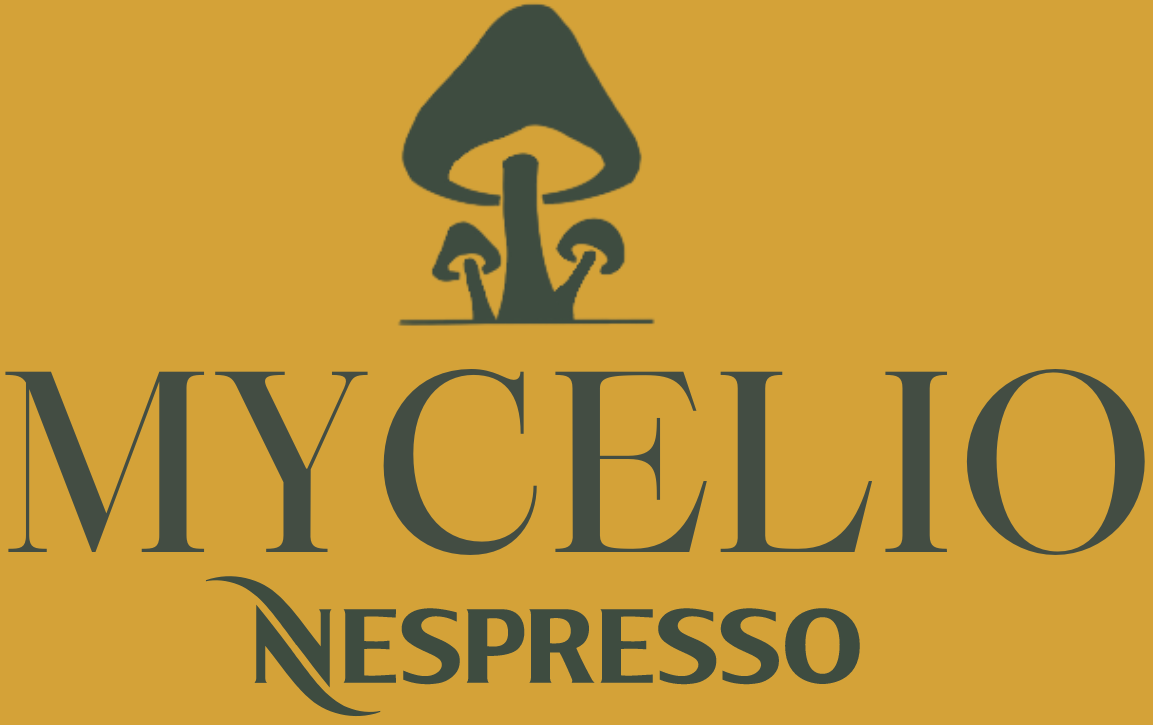Materials research for discs
Material requirements for coffee pods :
1) Non-reactive with coffee : material should be non-reactive to prevent a degradation of the quality of the coffee when in contact
2) Oxygen barrier : Coffee is very sensitive to oxygenation as most of the compounds contained in freshly roasted beans contributing to the taste and aroma are very volatile and disperse easily under said process
3) Moisture barrier : Moisture makes quality of the coffee worse
4) UV-protection : coffee degrades when hit by uv rays
5) Heat resistant/ service temperature : Coffee is brewed at elevated temperatures
6) Young’s modulus : should be comparable to the “E” found in the aluminum coffee pods
Optional) Sealability : To keep the coffee fresh the coffee pod should have an airtight seal
Reference values Aluminum 5052 (Granta) :
1) Non-reactive
2) Between 10e-3 to 10e-6 cm^3·cm/(cm^2·s·Pa)
3) Excellent
4) Excellent
5) Service Temperature : 160 deg
6) 70-73 GPa
During the process of finding suitabel materials, the follwoing question came up :
Question : is our coffee pod sustainable if it ends up in the residual waste after it has been used?
Answer: if it does not end up in landfill, but instead gets sorted into the residual waste stream that gets incinerated, then it can be sustainable. This is because currently, coffee pods end up in landfill, where they are left to just sit and rot. If the pods are instead incinerated, some energy is retrieved and can be used to produce electricity.
It would also be good if the coffee pod would be able to be sorted into PMD, since here the material is more efficiently recycled. This does require the consumer to remove the coffee ground still left in the pod after it has been used (which decreases the amount of comfort).
Therefore, our most likely option is residual waste. Then, to make the pod sustainable, we need to define what makes it sustainable. Is it the production process? Is it how cleanly it breaks down when burned in the waste incinerator? A good starting point is that the material has to be from a renewable source. This means that oil cannot be used. What we can use, is biodegradable or biocompostable plastic. Since compostable plastic refers to plastic that decomposes for 90 procent in 12 weeks. Since our plastic should hold up at least 1 year, we need biodegradable. Biodegradable plastic is not regulated, so it can last for many years until it degrades. This is why it would be best to incinerate the coffee pod at the end, so that the pod doesn’t pollute
Summing up our requirements
So, we are looking for a biodegradable, renewable material, that can be blow molded/injection molded to fit the shape of the pod we need, which will go into the residual waste, after which it will be incinerated at a waste incineration plant.
PHBV
A good candidate for this are polyhydroxyalkanoate plastics. Specifically, Poly(3-hydroxybutyrate-co-3-hydroxyvalerate)(PHBV) is very promising when combined with a small amount of lignin (a compound found in plants and trees). The lignin added helps the phbv to be less permeable to air.12 This plastic is fully biodegradable, it is renewable, eco-friendly and non-toxic (it is used to package food as well). Additionally, it can be injection moulded, blow moulded and processed like “normal” plastic.
However, this material has a few downsides:
It is quite expensive (4 euros per kilogram of material, compared to 1 euro for 1 kg of PET.
It is quite brittle.
Despite these drawbacks, I believe PHBV is a very suitable candidate for coffee pods.
It was however determined that PHBV is not the only suitable material for this type of application. Thus, it was also found that suitable materials could be Polyhydroxyalkanoates as well as Polyester blends with polylactic acid. To accurately compare the aforementioned materials, it was necessary to have a material to compare them to. For this reason, it was decided to use the nespresso pods made out of aluminium as a reference material. From the material characteristics found at the top of the page and a reference material, a chart was made comparing the materials with one another. The total metric was worth one hundred points, with each categroy having the same number of points.
From this graph it becomes noticeable that PHBV has the best performance when compared to the other materials. It was at this point in the analysis that it became apparent that our sustainability goals were not adequate to ensure a truly innovative and one-of-a-kind design. Prior to this point it was deemed sustainable if the pods could be thrown into the residual waste stream after they had been used. After this point the goal was set to find material which could be thrown into the green bin. This meant finding a material which was fully biodegradable as well as fully compostable. Due to this shift in mindset regarding the disposability of the material, new research had to be conducted. The notoriously difficult task with ensuring a coffee’s quality comes from preserving its highly volatile compounds. Due to the stringent requirements regarding the coffee’s quality as well as regarding the sustainability in the disposal phase, mycelium was found to be a suitable material. Mycelium has a very high impact resistance as well as a high resistance to moisture, which made it suitable for this type of application. It was however found to be relatively permeable to oxygen. Because of the elevated oxygen permeability, it was decided to seal the coffee in a primary layer of cellulose film coated with chitin. This way the coffee is kept fresh and is protected from outside impacts.
material comparison

